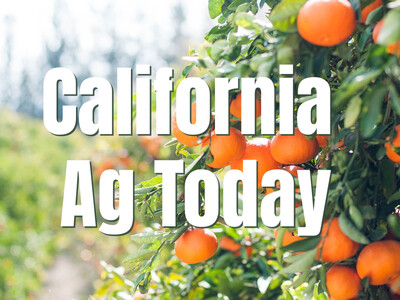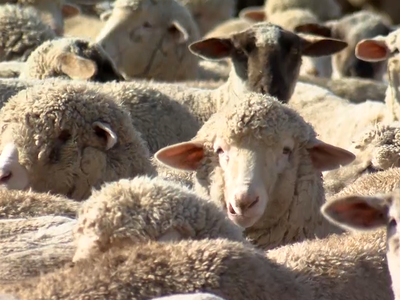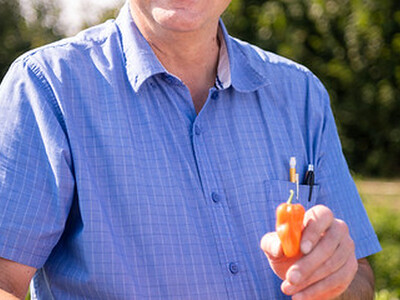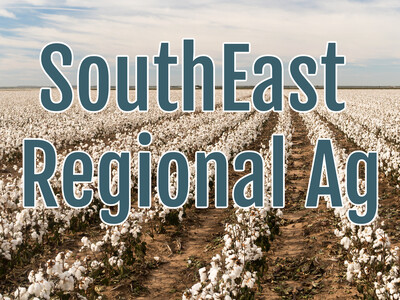Summer Meals Program Is Important Element for Hungry Kids
For those of us who live in small rural communities, we understand that often times volunteers step up to help ensure that their local kids that don’t miss out on the summer lunch program. USDA Secretary Tom Vilsack shares more about the importance of this program and some ideas of where those programs may be located.Vilsack: “Schools and libraries are locations that are safe. They are secure and they are known to folks. Virtually every community has either has one or both of those locations and to the extent that we can engage libraries and schools in providing that safe location. Then we can utilize those facilities for enrichment purposes. If it is a library you can combine a literary effort so kids have the opportunity to read and get a good meal. If it is a school they have the opportunity to utilize the gym or potentially the classrooms for enrichment. If it is another facility like a community center or a service organization, Rural Development for example is taking multiple family housing units and converting them into congregate sites. There is an opportunity as well for those kids to potentially get into gardening. The bottom line is leveraging time and resources and partnerships. No single entity — the federal government, the department of education my department — none of us can do this alone.”
Across the nation, approximately 22.1 million students receive free and reduced-price meals through the National School Lunch Program. But only about 1 in 6 of those (approximately 3.8 million) participate in the summer meals programs. That is the critical gap that the summer meals programs work to fill. In 2015, there were more than 66,000 meal sites serving over 190 million meals.













